
The French and Indian War (1754–1763) was a theater of the Seven Years' War, which pitted the North American colonies of the British Empire against those of the French, each side being supported by various Native American tribes. At the start of the war, the French colonies had a population of roughly 60,000 settlers, compared with 2 million in the British colonies. The outnumbered French particularly depended on their native allies.

The Battle of Sainte-Foy sometimes called the Battle of Quebec, was fought on April 28, 1760 near the British-held town of Quebec in the French province of Canada during the Seven Years' War. It was a victory for the French under the Chevalier de Lévis over the British army under General Murray. The battle was notably bloodier than the Battle of the Plains of Abraham of the previous September, with 833 French casualties to 1,124 British casualties.

Lieutenant-General John Manners, Marquess of Granby was a British Army officer, politician and nobleman. The eldest son of John Manners, 3rd Duke of Rutland, as he did not outlive his father and inherit the dukedom, Manners was known by his father's subsidiary title, Marquess of Granby. He served in the military during the Jacobite rising of 1745 and the Seven Years' War, being subsequently rewarded with the post of Commander-in-Chief of the Forces. Manners was popular with the troops who served under him and many British pubs are still named after him today.

Field Marshal Studholme Hodgson was a British Army officer who served during the 18th century. After serving as an Aide-de-Camp to the Duke of Cumberland at the Battle of Fontenoy during the War of the Austrian Succession and at the Battle of Culloden during the Jacobite Rebellion, he became correspondent to William Barrington, the Secretary at War, during the French and Indian War. He went on to command the British expedition which captured Belle Île in June 1761 during the Seven Years' War so enabling the British Government to use the island as a bargaining piece during the negotiations leading up to the Treaty of Paris in 1763.

The Battle of Fort Niagara was a siege late in the French and Indian War, the North American theatre of the Seven Years' War. The British siege of Fort Niagara in July 1759 was part of a campaign to remove French control of the Great Lakes and Ohio Valley regions, making possible a western invasion of the French province of Canada in conjunction with General James Wolfe's invasion to the east.
Fort Venango was a small British fort built in 1760 near the present-day site of Franklin, Pennsylvania. It replaced Fort Machault, a French fort built at the confluence of French Creek and the Allegheny River. In August 1759, near the end of the French and Indian War, after the French surrender of Fort Niagara to the British, the French burned Fort Machault and retreated north. Fort Venango was built during summer 1760. It was attacked and destroyed in June 1763 during Pontiac's War.
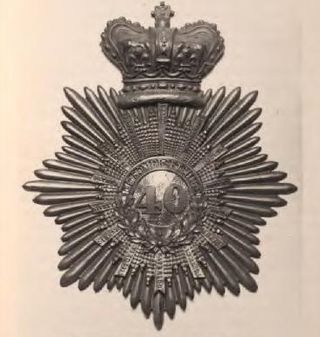
The 40th Regiment of Foot was an infantry regiment of the British Army, raised in 1717 in Annapolis Royal, Nova Scotia. Under the Childers Reforms it amalgamated with the 82nd Regiment of Foot to form the Prince of Wales's Volunteers in 1881.
The Battle of La Belle-Famille occurred on July 24, 1759, during the French and Indian War along the Niagara River portage trail. François-Marie Le Marchand de Lignery's French relief force for the besieged French garrison at Fort Niagara fell into Eyre Massey's British and Iroquois ambush. This action formed part of the larger Battle of Fort Niagara.

The British expedition against Guadeloupe was a military action from January to May 1759, as part of the Seven Years' War. A large British force had arrived in the West Indies, intending to seize French possessions. After a six-month-long battle to capture Guadeloupe they finally received the formal surrender of the island, just days before a large French relief force arrived under Admiral Maximin de Bompart.
Lieutenant General Sir John Clavering KB was an army officer and diplomat.
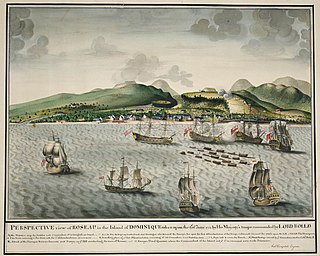
The Invasion of Dominica was a British military expedition to capture the Caribbean island of Dominica in June 1761, as part of the Seven Years' War.

The siege of Fort St Philip, also known as the siege of Minorca, took place from 20 April to 29 June 1756 during the Seven Years' War. Ceded to Great Britain in 1714 by Spain following the War of the Spanish Succession, its capture by France threatened the British naval position in the Western Mediterranean and it was returned after the Treaty of Paris (1763).
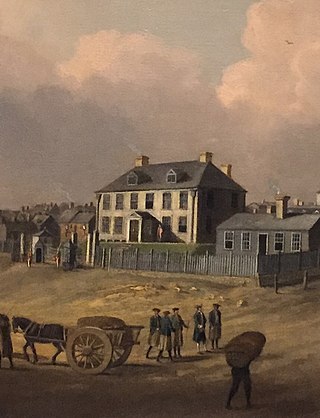
Peregrine Thomas Hopson was a British army officer who commanded the 40th Regiment of Foot and saw extensive service during the eighteenth century and rose to the rank of Major General. He also served as British commander in Louisbourg during the British occupation between 1746 and 1749, then became Governor of Nova Scotia and later led a major expedition to the West Indies during the Seven Years' War during which he died.
The 80th Regiment of Light-Armed Foot was the first light infantry regiment in the British Army.
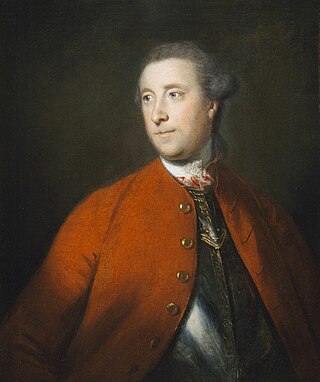
Major-General John Barrington was a British Army officer who was the third son of John Barrington, 1st Viscount Barrington.
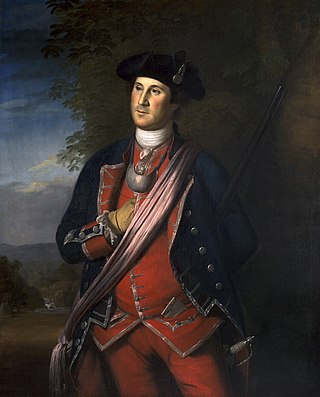
Provincial troops were military units raised by colonial governors and legislatures in British North America for extended operations during the French and Indian Wars. The provincial troops differed from the militia, in that they were a full-time military organization conducting extended operations. They differed from the regular British Army in that they were recruited only for one campaign season at the time. These forces were often recruited through a quota system applied to the militia. Officers were appointed by the provincial governments. During the eighteenth century militia service was increasingly seen as a prerogative of the social and economic well-established, while provincial troops came to be recruited from different and less deep-rooted members of the community.
William Rufane was a British soldier who fought in the Seven Years' War, was governor of Martinique in 1762–63 and rose to the rank of lieutenant general.
Louis-Charles Le Vassor de La Touche de Tréville, comte de La Touche, was a French naval general who was governor of Martinique and governor general of the Windward Islands.
Campbell Dalrymple was a British military officer who was Governor of Guadeloupe during the British occupation of that island during the Seven Years' War. After Guadeloupe was returned to the French under the Treaty of Paris, he argued strongly for making Dominica a free trade area so as to capture the French Caribbean trade.